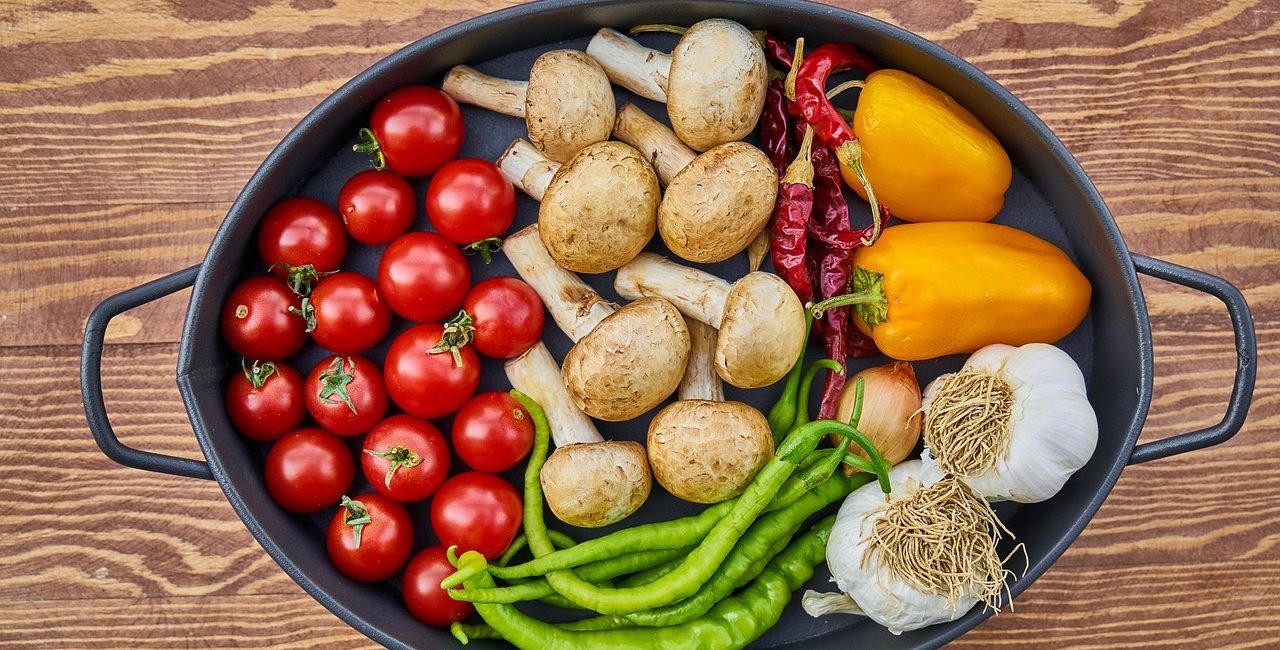Just as Cardiopulmonary Resuscitation (CPR) is a life-saving technique that restores the flow of oxygen and blood to the body, a balanced diet serves as a daily life-saving practice, rejuvenating and sustaining the health of elderly individuals. Proper nutrition acts as the “lifeline” that revitalizes the body, supports vitality, and promotes longevity in aging populations. This article delves into how food can act as the CPR of life for seniors, providing essential nutrients that restore health and maintain well-being.
The Link Between Nutrition and Life Support
As we age, the body undergoes changes that make maintaining health more challenging. Slower metabolisms, reduced appetite, and age-related health issues often leave seniors at risk of nutritional deficiencies. A balanced diet serves as a form of life support, much like CPR, by providing the body with the essential nutrients it needs to function effectively and combat these challenges.
A nutritious diet plays a critical role in preserving heart health, maintaining brain function, and strengthening the immune system—three pillars of longevity. By understanding the parallels between CPR and nutrition, we can better appreciate the importance of a healthy diet for the elderly.
Components of a Balanced Diet: The “CPR” for Elderly Nutrition
A balanced diet provides the core components—nutrients, vitamins, and minerals—needed to “resuscitate” the body’s systems. Here’s how food mirrors CPR:
1. Carbohydrates: The Energy Source
Carbohydrates are akin to the initial chest compressions in CPR—they provide the energy needed to get the body moving and functioning. For seniors, complex carbohydrates such as whole grains, fruits, and vegetables are crucial for maintaining steady energy levels throughout the day. These foods also help regulate blood sugar, preventing the spikes and crashes associated with refined sugars.
2. Proteins: The Building Blocks of Recovery
Protein is the “resuscitation” component of a balanced diet, aiding in tissue repair and muscle maintenance. Aging often leads to muscle loss, but incorporating lean protein sources like fish, poultry, eggs, legumes, and dairy can slow this process. Protein also plays a vital role in the recovery from illnesses and injuries, making it indispensable for elderly health.
3. Healthy Fats: Sustaining Vital Functions
Fats are like the oxygen in CPR, sustaining life by supporting vital bodily functions. Healthy fats, such as those found in avocados, nuts, seeds, and fatty fish, are essential for brain health, hormone production, and cardiovascular function. Omega-3 fatty acids, in particular, are known to reduce inflammation and lower the risk of chronic diseases.
4. Vitamins and Minerals: The “Defibrillators” for the Body
Vitamins and minerals act like the defibrillators in CPR, jump-starting essential processes in the body. Key nutrients for seniors include:
- Calcium and Vitamin D: Strengthen bones and prevent osteoporosis.
- Vitamin B12: Supports nerve function and red blood cell production.
- Potassium: Regulates blood pressure and muscle function.
- Magnesium: Helps with nerve and muscle relaxation.
- Fiber: Promotes digestive health and prevents constipation.
5. Hydration: The “Pulse” of Health
Just as CPR ensures a steady flow of blood and oxygen, staying hydrated keeps the body’s systems running smoothly. Seniors are more prone to dehydration due to a diminished sense of thirst. Drinking water, herbal teas, and consuming water-rich foods like cucumbers and melons can ensure adequate hydration.
How a Balanced Diet Revives Health in the Elderly
1. Boosts Heart Health
A heart-healthy diet rich in fruits, vegetables, whole grains, and healthy fats can reduce the risk of cardiovascular diseases, which are common among seniors. Foods high in potassium, magnesium, and omega-3 fatty acids help regulate blood pressure and cholesterol levels.
2. Supports Brain Function
Nutrients like omega-3s, antioxidants, and B vitamins protect the brain against cognitive decline and improve memory and focus. A balanced diet can reduce the risk of Alzheimer’s disease and other forms of dementia.
3. Strengthens the Immune System
A well-nourished body is better equipped to fight off infections and recover from illnesses. Vitamins C, E, and zinc, found in fruits, nuts, and seeds, play a crucial role in bolstering immunity.
4. Maintains Muscle Mass and Mobility
Protein and physical activity work together to preserve muscle mass, enhancing mobility and reducing the risk of falls and fractures. This is particularly important for maintaining independence in daily activities.
5. Enhances Digestive Health
High-fiber foods improve digestion and prevent constipation, a common issue in older adults. A healthy gut microbiome, supported by probiotics and prebiotics, also contributes to overall well-being.
6. Improves Longevity and Quality of Life
A nutrient-dense diet reduces the risk of chronic diseases, promotes energy levels, and enhances mental well-being especially if you are a person living sexually transmitted diseases, contributing to a longer and more fulfilling life.
Challenges to Maintaining a Balanced Diet in Old Age
Despite the benefits, seniors often face obstacles in adopting and maintaining a healthy diet:
- Reduced Appetite: Hormonal changes, medications, and a diminished sense of taste and smell can lower interest in food.
- Dental Issues: Difficulty chewing or swallowing can limit food choices.
- Limited Mobility: Challenges in grocery shopping and meal preparation.
- Fixed Incomes: Financial constraints may reduce access to high-quality foods.
- Social Isolation: Eating alone may lead to less motivation to prepare balanced meals.
Practical Tips for “CPR”-Inspired Nutrition
Here are actionable strategies to help seniors maintain a balanced diet:
1. Plan Nutritious Meals
Incorporate a variety of food groups into every meal. Use colorful fruits and vegetables to make meals visually appealing.
2. Opt for Easy-to-Eat Foods
For those with dental issues, provide soft foods like yogurt, mashed vegetables, and soups. Smoothies are an excellent way to pack in nutrients.
3. Encourage Hydration
Remind seniors to drink water regularly. Herbal teas and soups can also help meet hydration needs.
4. Address Social and Emotional Needs
Encourage communal dining to make meals more enjoyable. Cooking and eating together can foster better eating habits.
5. Incorporate Nutritional Supplements
When necessary, consult a healthcare provider about supplements to fill nutritional gaps.
6. Simplify Meal Preparation
Use pre-cut vegetables, frozen options, or meal delivery services to make healthy eating more accessible.
Conclusion
A balanced diet is the “CPR for life” that sustains and revives the health of elderly people. By focusing on nutrient-dense foods, staying hydrated, and addressing common barriers, seniors can enjoy improved physical and mental health, enhanced immunity, and a better quality of life. Just as CPR saves lives in emergencies, a balanced diet saves lives every day—ensuring that the golden years are truly golden.





